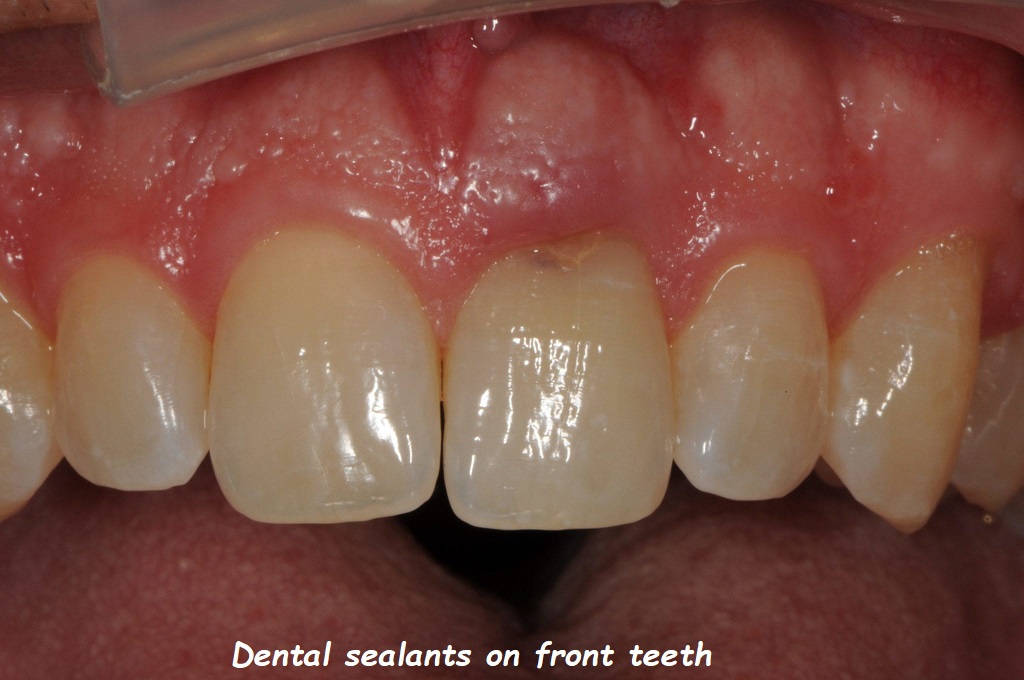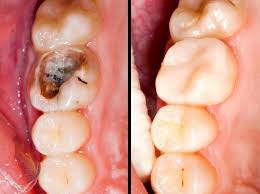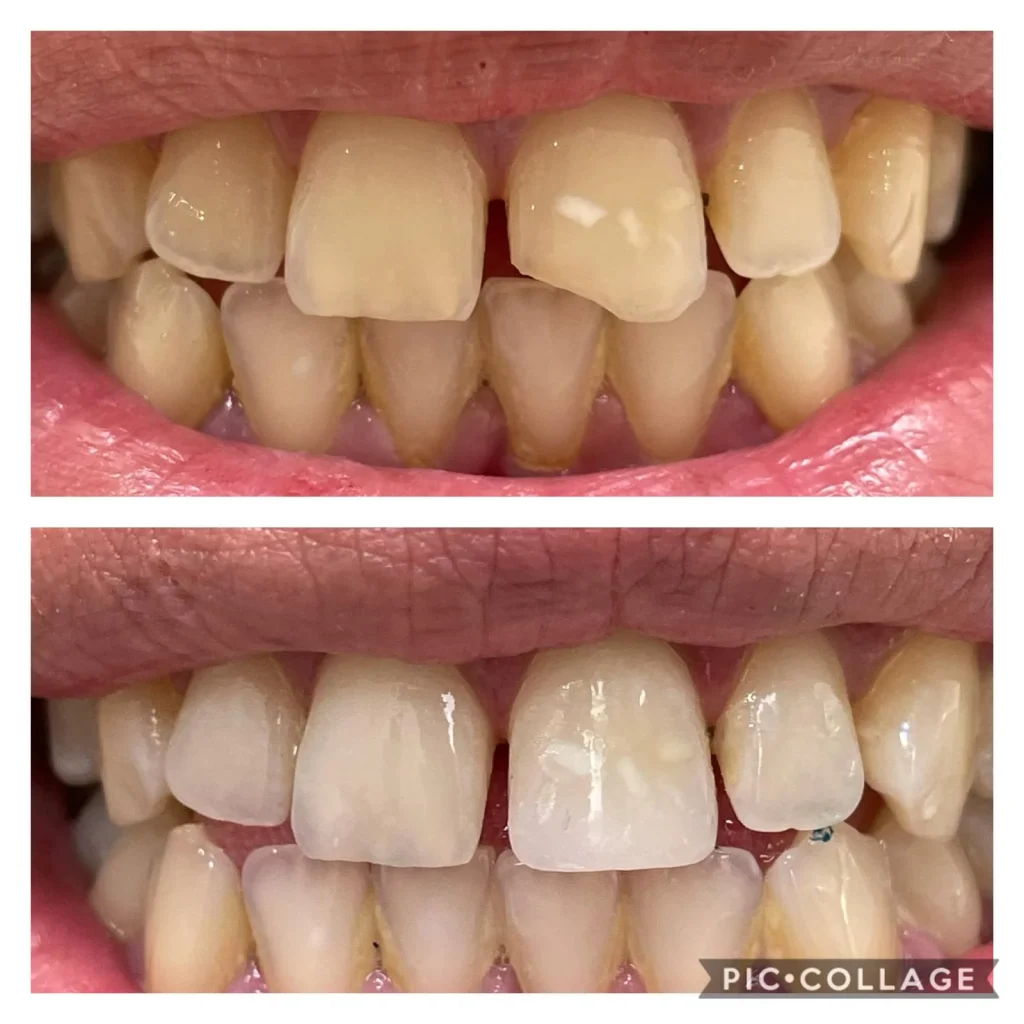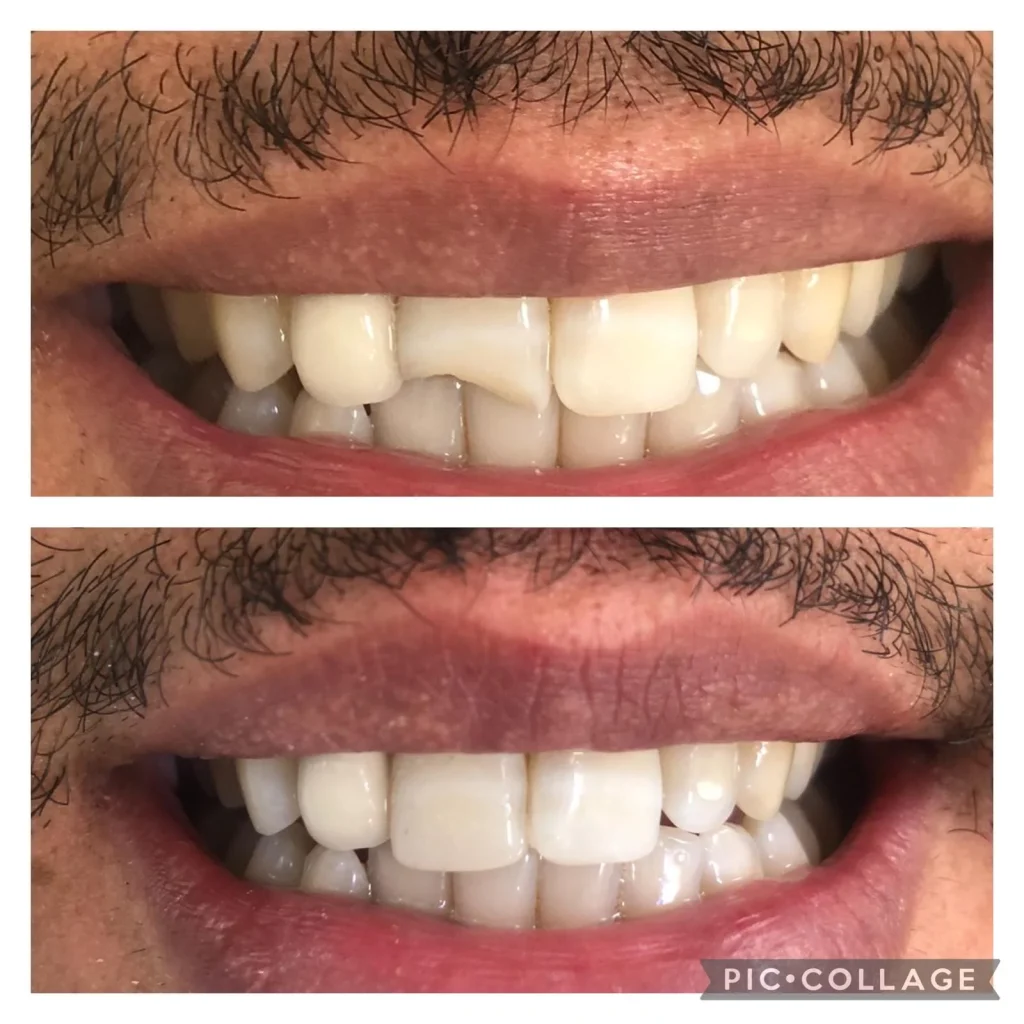dental sealants on front teeth

Dental Sealants on Front Teeth: Everything You Need to Know
When it comes to protecting your teeth from cavities, you might have heard about dental sealants, a thin, protective coating applied to the chewing surfaces of your back teeth, where cavities are most likely to form. But what about dental sealants on front teeth? While sealants are typically associated with molars and premolars, some people wonder if they can also be used to protect their front teeth.
In this comprehensive guide, I’ll walk you through everything you need to know about dental sealants on front teeth. We’ll explore how they work, whether they’re necessary for front teeth, the benefits and potential drawbacks, and what you should consider if you’re considering getting sealants for your front teeth.
What Are Dental Sealants?
The Basics of Dental Sealants
Dental sealants are a preventive treatment designed to protect teeth from decay. They’re made of a thin, plastic-like material that bonds to the chewing surfaces of your teeth, particularly the grooves and pits where food particles and bacteria can get trapped. Sealants create a smooth surface that’s easier to clean and more resistant to plaque and acids that cause cavities.
How Sealants Are Applied
Applying dental sealants is a quick and painless procedure. Here’s how it typically works:
- Cleaning the Tooth: The tooth is thoroughly cleaned to remove plaque or food particles.
- Preparing the Surface: The tooth surface is then roughened with a special acidic solution, which helps the sealant adhere better.
- Applying the Sealant: The sealant material is painted onto the tooth, filling in the grooves and pits.
- Curing the Sealant: A special curing light hardens the sealant, bonding it to the tooth surface.
Once applied, dental sealants can last several years, providing a long-term barrier against cavities.
Who Typically Gets Dental Sealants?
Dental sealants are most commonly recommended for children and teenagers, as they are more prone to cavities in their back teeth. However, adults without decay or fillings in their molars can also benefit from sealants. The American Dental Association (ADA) endorses using sealants as an effective preventive measure against tooth decay.
Can You Get Dental Sealants on Front Teeth?
Why Sealants Are Usually Applied to Back Teeth
The primary reason dental sealants are applied to back teeth—molars and premolars—is that these teeth have deep grooves and fissures on their chewing surfaces. These grooves make it easier for food particles and bacteria to get trapped, leading to a higher risk of cavities. On the other hand, the smooth surfaces of front teeth (incisors and canines) are generally less prone to decay, as they don’t have the same deep grooves and pits.
When Sealants Might Be Applied to Front Teeth
While it’s less common, there are situations where dental sealants might be applied to front teeth:
- Deep Grooves on Front Teeth: Some people naturally have deeper grooves or pits on their front teeth. Applying a sealant can help protect these areas from decay.
- High Risk of Cavities: If you or your child is at high risk for cavities due to poor oral hygiene, a diet high in sugar, or other factors, your dentist might recommend applying sealants to front teeth as an extra precaution.
- Tooth Sensitivity: In some cases, sealants might be used on front teeth to help reduce sensitivity by covering exposed dentin or enamel defects.
- Orthodontic Concerns: If you’ve recently had braces removed, you might be concerned about the health of your teeth, including the front ones. Sealants could be considered as part of a post-orthodontic care plan to protect teeth that might have been harder to clean during treatment.
Aesthetic Considerations
One reason dental sealants aren’t commonly applied to front teeth is aesthetic. Sealants can sometimes be visible on the teeth, especially if they’re not perfectly clear or if they discolor over time. Since front teeth are more visible when you smile or talk, some people may prefer to avoid sealants in these areas to maintain the natural appearance of their teeth.
The Benefits of Dental Sealants on Front Teeth
Protection Against Cavities
The primary benefit of dental sealants on front teeth is protection against cavities. If you’re at high risk for tooth decay, sealants can provide an extra layer of defense, especially in areas where brushing might be less effective.
Easy and Painless Application
The application of dental sealants is quick, easy, and painless. It’s a non-invasive procedure that doesn’t require drilling or anesthesia, making it an appealing option for those looking to protect their teeth without more intensive dental work.
Long-Lasting Protection
Dental sealants can last several years before needing to be reapplied. With proper care, a single application can provide long-term protection against cavities, reducing the need for future dental work.
Potential for Reducing Sensitivity
In some cases, applying sealants to front teeth can help reduce sensitivity by covering exposed dentin or other sensitive areas. This can make eating or drinking hot, cold, or sweet foods more comfortable.
Potential Drawbacks of Dental Sealants on Front Teeth
Aesthetic Concerns
One of the main concerns with applying sealants to front teeth is their appearance. Although sealants are typically clear or tooth-colored, they can sometimes be visible, especially if they discolor over time. This might be less of an issue for back teeth, but this could be a significant consideration for highly visible front teeth.
Risk of Sealant Failure
While sealants are effective, they’re not infallible. Over time, they can wear down, chip, or even detach from the tooth. If a sealant fails, it could leave the tooth surface exposed to decay, particularly if the sealant cracks or peels away so that it traps food or bacteria underneath.
Maintenance and Monitoring
Dental sealants require regular monitoring by your dentist to ensure they’re still intact and effective. If you have sealants on your front teeth, you must be vigilant about visiting your dentist for check-ups to catch any issues early on.
Not a Substitute for Good Oral Hygiene
It’s important to remember that dental sealants are not a substitute for good oral hygiene. Even if you have sealants on your front teeth, you’ll still need to brush and floss regularly to maintain your overall oral health.
Alternatives to Dental Sealants on Front Teeth
If you’re concerned about the potential drawbacks of sealants on your front teeth, several alternatives can help protect your teeth from decay:
Fluoride Treatments
Fluoride treatments are a common preventive measure against tooth decay. Fluoride strengthens the enamel, making it more resistant to acid attacks from plaque bacteria and sugars. Your dentist can apply a fluoride varnish, gel, or foam during your regular visits to help protect your front teeth.
Dental Bonding
Dental bonding is a cosmetic procedure that can also provide some protection against decay. During bonding, a tooth-colored resin is applied to the tooth’s surface and hardened with a special light. This can be particularly useful for filling small pits or grooves in front teeth that might otherwise be prone to decay.
Regular Dental Cleanings
Regular dental cleanings are essential for preventing cavities and maintaining oral health. Professional cleanings remove plaque and tartar buildup that brushing and flossing alone might not reach. This helps keep front teeth clean and less susceptible to decay.
Good Oral Hygiene Practices
Of course, good oral hygiene is the foundation of cavity prevention. Brushing your teeth twice a day with fluoride toothpaste, flossing daily, and using mouthwash can go a long way in keeping your teeth healthy, including your front teeth. Ensure you eat a balanced diet low in sugary snacks and drinks, which can contribute to tooth decay.
Who Should Consider Dental Sealants on Front Teeth?
Children and Teenagers
Children and teenagers are at higher risk for cavities, particularly if they’re still developing good oral hygiene habits. If your child has deep grooves or pits on their front teeth, or if they’re prone to cavities, sealants might be a good option to consider, even for their front teeth.
Adults at High Risk of Cavities
If you’re an adult with a history of cavities or have conditions that put you at higher risk for decay, such as dry mouth or certain medical conditions, sealants might be worth considering for your front teeth. However, it’s important to weigh the aesthetic considerations and discuss your options with your dentist.
Patients With Orthodontic Appliances
If you’ve recently had braces removed or are currently wearing orthodontic appliances, you might be at higher risk for cavities, including on your front teeth. Sealants could offer additional protection in such cases, particularly when cleaning is more challenging.
What to Expect When Getting Dental Sealants on Front Teeth
Consultation and Evaluation
If you want dental sealants on your front teeth, the first step is to consult your dentist. They will evaluate your teeth to determine whether sealants are appropriate and discuss the potential benefits and drawbacks with you.
The Application Process
The application process for sealants on front teeth is the same as for back teeth. The procedure is quick and painless, typically taking only a few minutes per tooth. After applying the sealant, your dentist will use a special light to harden it, ensuring it bonds securely to the tooth surface.
Aftercare and Maintenance
After getting sealants, you must maintain good oral hygiene and visit your dentist regularly to ensure the sealants remain intact. Your dentist will check the sealants during your regular check-ups and reapply them if necessary.
Final Thoughts: Dental Sealants on Front Teeth
Dental sealants on front teeth are not as commonly used as on back teeth, but they can be a valuable tool for preventing cavities in certain situations. Sealants could provide an extra layer of protection if you have deep grooves on your front teeth, are at high risk for decay, or have recently undergone orthodontic treatment.
However, it is important to weigh the potential benefits against the aesthetic considerations and the need for ongoing maintenance. If you’re considering sealants for your front teeth, discuss your options with your dentist to determine the best course of action for your oral health.
Remember, while sealants can help protect your teeth, they’re not a substitute for good oral hygiene practices. Brushing, flossing, regular dental visits, and a healthy diet are all essential components of maintaining a healthy smile.









